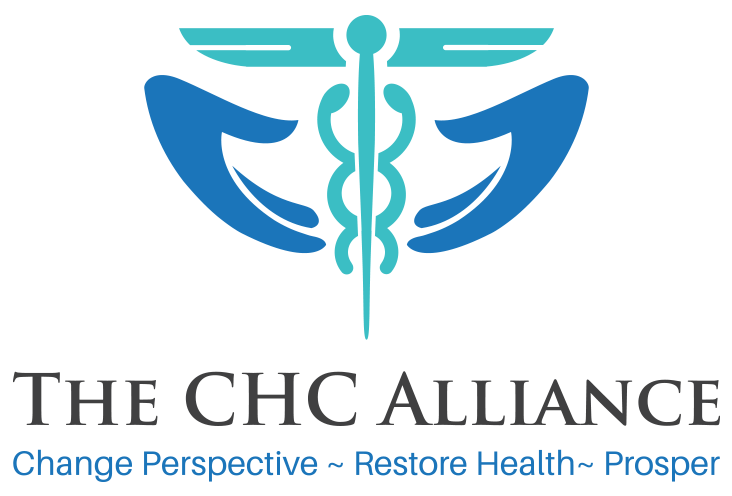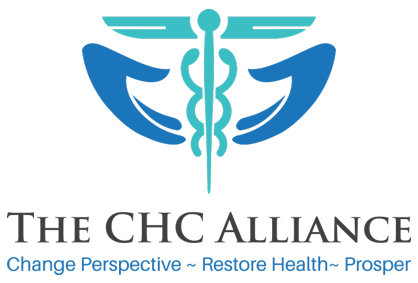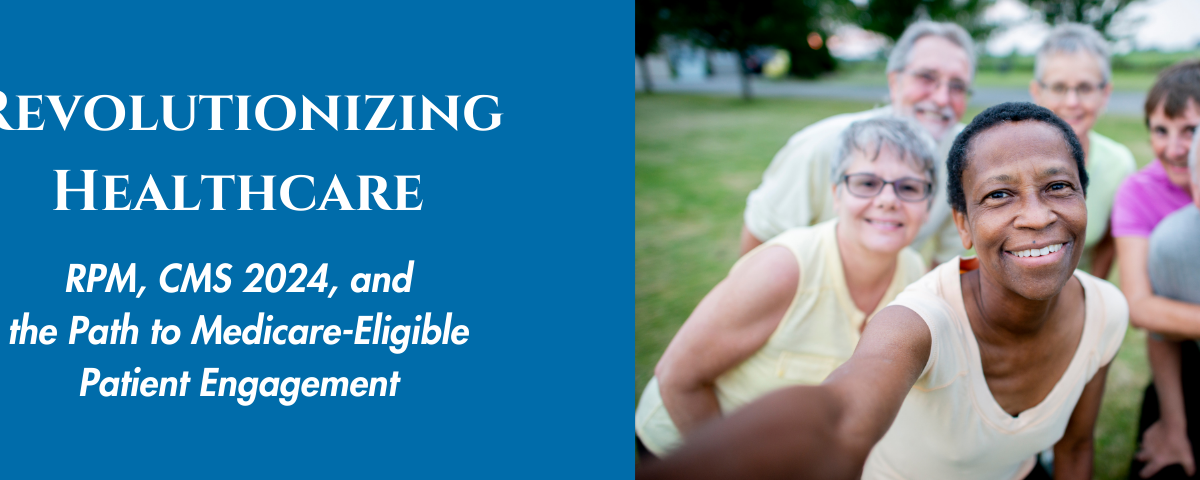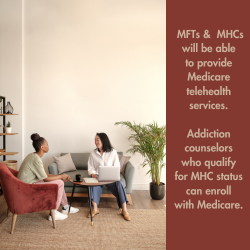- Your Alliance for all your CHC needs.
- (386) 673-9846
- info@thechcalliance.com
September 2023; RPM (Remote Patient Monitoring)

August 2023
September 7, 2023
The CHC Alliance Welcomes David R. Pijot as Chief Financial Officer
November 21, 2023Revolutionizing Healthcare: RPM, CMS 2024, and the Path to Medicare-Eligible Patient Engagement
With the end of the PHE (Public Health Emergency), the subsequent Medicaid disenrollment, and the recently released CMS Proposed Rule for 2024, we thought it might be a good time to discuss Remote Patient Monitoring (RPM). Specifically, we’re going to take a closer look at the benefits of RPM, the CMS 2024 changes that will allow FQHCs to bill for RPM, and the growing Medicare-age population that would greatly benefit from RPM if providers can talk them into it.
First, a little history. “Remote patient monitoring traces its roots back to 1948, when a doctor first sent X-ray images via telephone wires. Progress was slow, but by 1959, neurological exams were being electronically transmitted for consultation, and by the 1990s, use of the internet in healthcare settings had become commonplace—paving the way for easier RPM.” (Remote Patient Monitoring: What It Is and Why It’s Important, 2021)
With the advent of smartphones and wearable devices, RPM is now accessible to most Americans. With 85% of American adults using smartphones and 45% of Americans already wearing smartwatches (such as Apple Watches or Fitbits), it’s safe to say that a majority of Americans already have biometric data (such as heart rate and sleep quality) tracked by their devices. Health and wellness phone apps cover everything from nutrition and fitness tracking to televisit services (for both physical and mental health), and the future of mobile healthcare app development is bright. The COVID pandemic showed just how ready Americans are for personalized, remote healthcare.
It’s estimated that, by 2025, 70.6 million patients will be using RPM. That’s roughly 20% of all Americans.
At the same time, the population of Medicare-eligible patients will be hitting a similar benchmark. “By 2025, one in five Americans (71.6 million) are expected to be covered by Medicare.” (Health Spending Projections: 2015–2025 – California Health Care Foundation, 2019)
It would be understandable to think that the expected growth of patients using RPM is in direct correlation to the anticipated increase in patients with Medicare eligibility. After all, it would seem that Medicare-eligible patients with age-related or chronic illnesses would not only benefit the most from implementing RPM but would simultaneously be the largest patient consumer group for RPM.
Unfortunately, they are not.
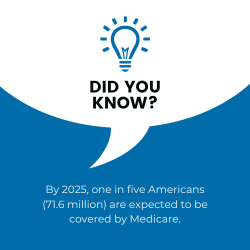 Based on Medicare claims data, only 30,000 Medicare patients are enrolled and active in RPM each month. As of March 2023, almost 66 million Americans were enrolled in Medicare, with approximately 32 million enrolled in a Medicare Advantage plan of some type and approximately 34 million enrolled in original (or traditional) Medicare. 80% of all Medicare patients (traditional and Advantage) are eligible for RPM, but less than 1/10 of one percent are enrolled in RPM.
Based on Medicare claims data, only 30,000 Medicare patients are enrolled and active in RPM each month. As of March 2023, almost 66 million Americans were enrolled in Medicare, with approximately 32 million enrolled in a Medicare Advantage plan of some type and approximately 34 million enrolled in original (or traditional) Medicare. 80% of all Medicare patients (traditional and Advantage) are eligible for RPM, but less than 1/10 of one percent are enrolled in RPM.
Part of this is because a majority of Medicare-eligible patients are also on very limited budgets. Right now, Medicare still requires patients to pay either the 20% co-insurance (traditional) or a monthly co-pay (roughly $20-$40 for a Medicare Advantage plan). The idea of adding another monthly “bill” is not feasible, so patients who might benefit most from RPM are currently either refusing enrollment entirely or are enrolling for only a month or two (and then disenrolling).
Another obstacle to RPM for Medicare-eligible patients is technology. While many RPM devices only require cellular data to transmit information and are relatively “plug-and-play”, other devices use Bluetooth or require Wi-Fi. Although approximately 92% of Americans over 65 now use cellphones (with 61% using smartphones), only 75% of American adults 65 and older are internet users. For FQHC patient populations (90% of whom are low-income and 80% of whom are publicly insured or uninsured), those percentages shrink. “Socially and economically disadvantaged groups are least likely to have access to a smartphone, computer, home broadband, or internet.” (Kini et al., 2023) This alone means that the at-risk and underserved patient populations receiving care at FQHCs are the most digitally excluded from technology-based healthcare, such as RPM. And it adds one more barrier to RPM enrollment for Medicare-eligible patients.
However, the CMS Proposed Rule for 2024 may offer some leeway to both providers and patients.
For 2024, CMS is proposing that FQHCs can bill and be reimbursed for RPM. There are, of course, guidelines to follow and certain limitations, but it does open the door to RPM reimbursement for FQHCs for the first time. That will allow FQHC providers to begin receiving greater reimbursement from any of their existing RPM patients with commercial insurance. Though there is no guarantee, we believe that the combined new RPM data submitted by FQHCs in 2024 may encourage CMS to consider changes in 2025 that will benefit FQHCs even more.
At the same time, CMS’s Proposed Rule for 2024 has another “first.” For the first time, Medicare is offering reimbursement to providers (including physicians, some nurses, and therapists) who train family caregivers. This is a significant departure from their previous policy, which held that “fee-for-service Medicare could pay only for services offered directly to beneficiaries, and not to the family members caring for them.” (Gleckman, 2023) It’s anticipated that the new CMS payment model might allow providers to outsource some training to community-based organizations (such as adult day, senior centers, or similar groups), and the training appears to be for both individuals and groups. This is a much-needed benefit for families who are caring for a loved one despite often having little to no actual medical training. And again, though there is no guarantee, we believe that the data compiled in 2024 for this new benefit will encourage CMS to consider expansion or additional benefits in 2025.
Because of these two specific areas of reimbursement for 2024, we believe FQHCs could utilize them to make inroads for Medicare-eligible patient enrollment in RPM programs.
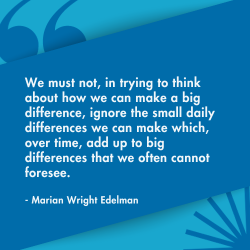 With Medicare paying for training for caregivers, it could overcome some of the technological challenges for older patients who could benefit from RPM. Senior patients who are hesitant about technology would be more open to enrolling in RPM if their caregiver(s) could be trained to set up and use RPM equipment and to assist the patient(s) in using the equipment. FQHCs who train those caregivers would then benefit from reimbursement for the RPM as well as reimbursement for caregiver training.
With Medicare paying for training for caregivers, it could overcome some of the technological challenges for older patients who could benefit from RPM. Senior patients who are hesitant about technology would be more open to enrolling in RPM if their caregiver(s) could be trained to set up and use RPM equipment and to assist the patient(s) in using the equipment. FQHCs who train those caregivers would then benefit from reimbursement for the RPM as well as reimbursement for caregiver training.
While patients may still have financial objections to RPM (due to fixed incomes), we believe that the data generated by FQHCS and increased patient participation in RPM (as a result of caregiver training) could encourage CMS to re-evaluate patient costs for RPM participation. Any evaluation may not result in changes for 2025, but perhaps it could cause a reduction in Medicare patient RPM costs for future years. It’s our hope that increased RPM data for Medicare-eligible patients in 2024 could make a difference for 2026 and beyond.
And we’re also hopeful that the increase in FQHC reimbursement for RPM and caregiver training in 2024 will result in CMS decisions that benefit FQHCs well into the future as the Medicare-eligible patient population we serve continues to age and grow.
“We must not, in trying to think about how we can make a big difference, ignore the small daily differences we can make which, over time, add up to big differences that we often cannot foresee.” (Marian Wright Edelman)
